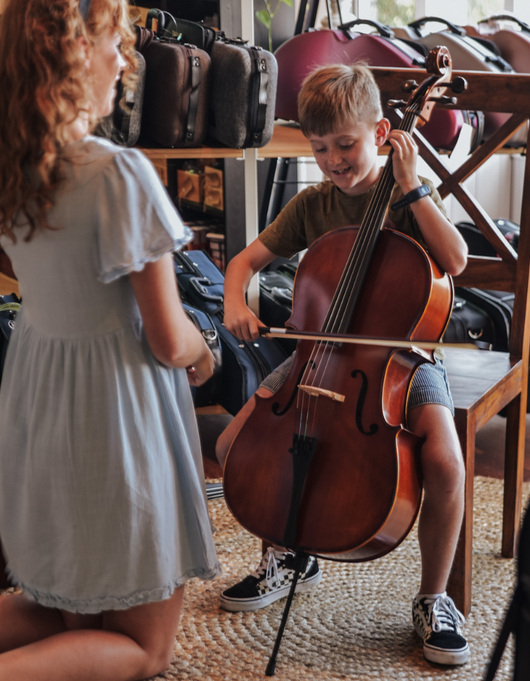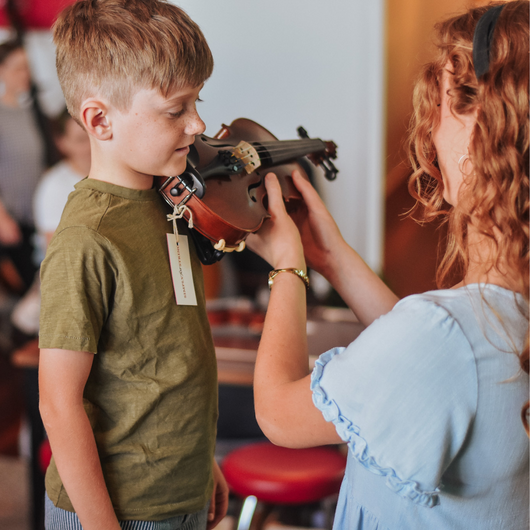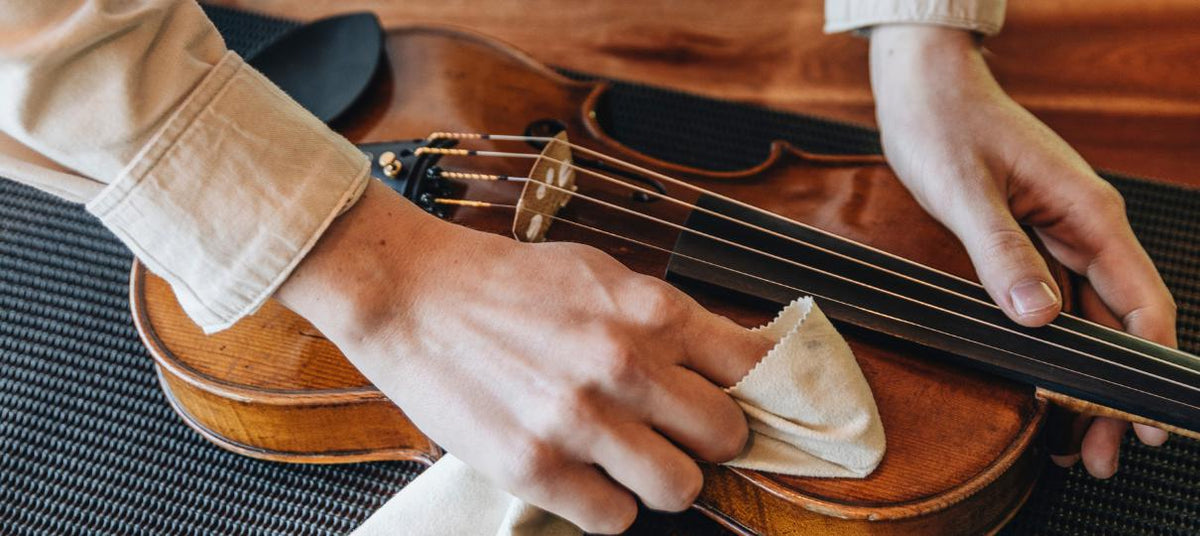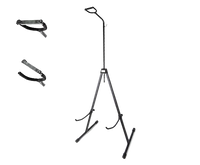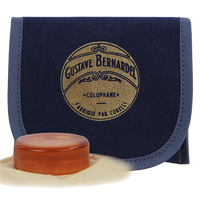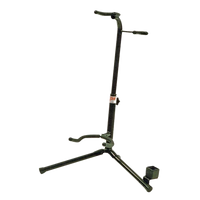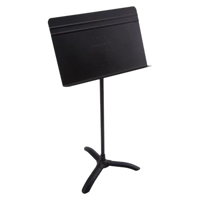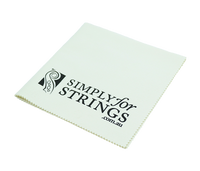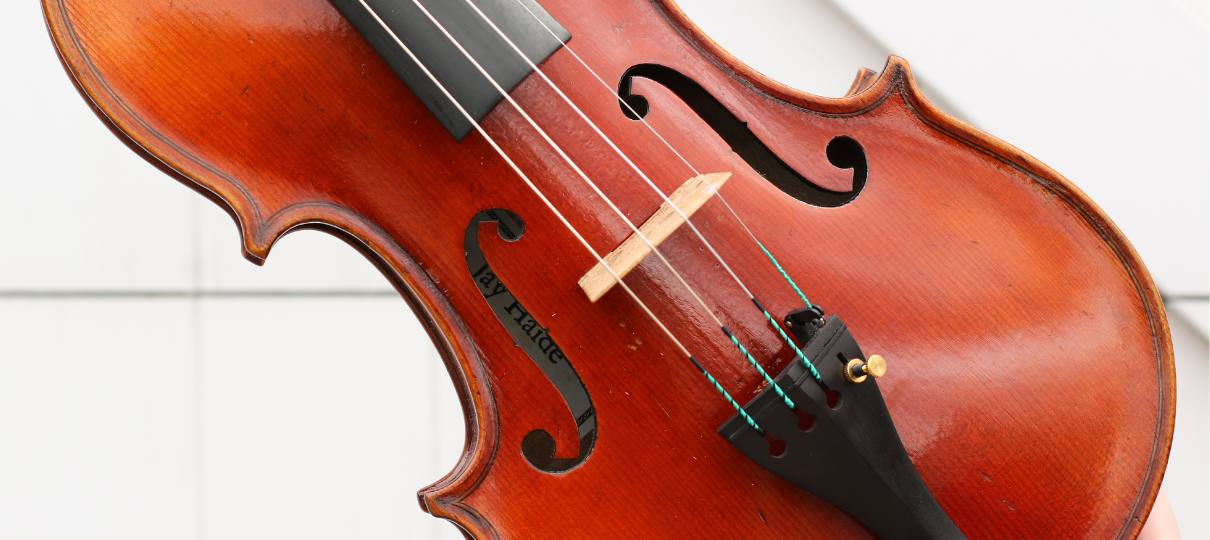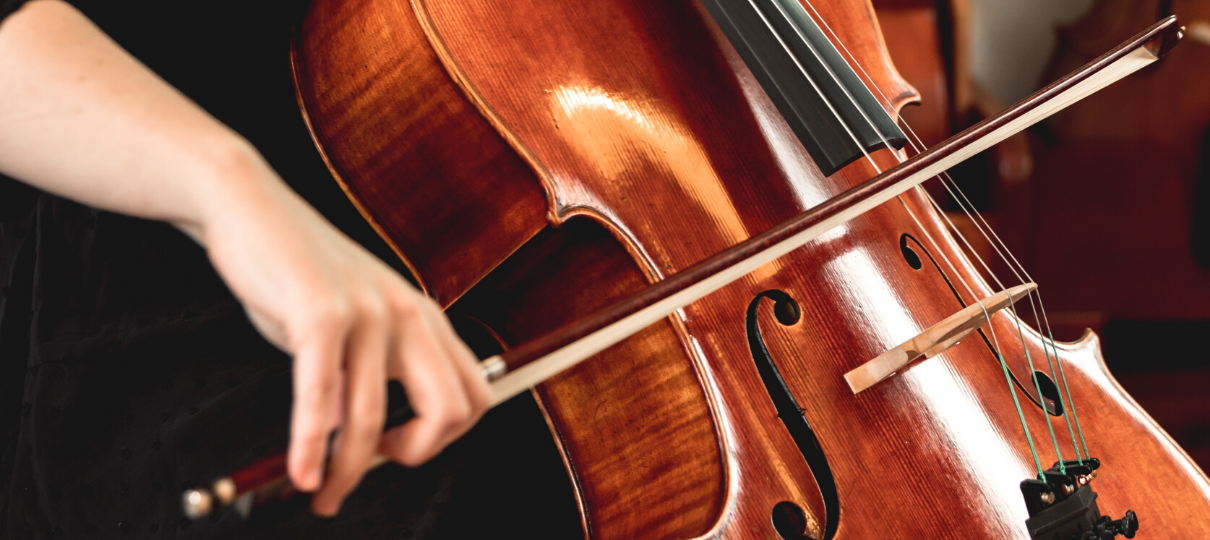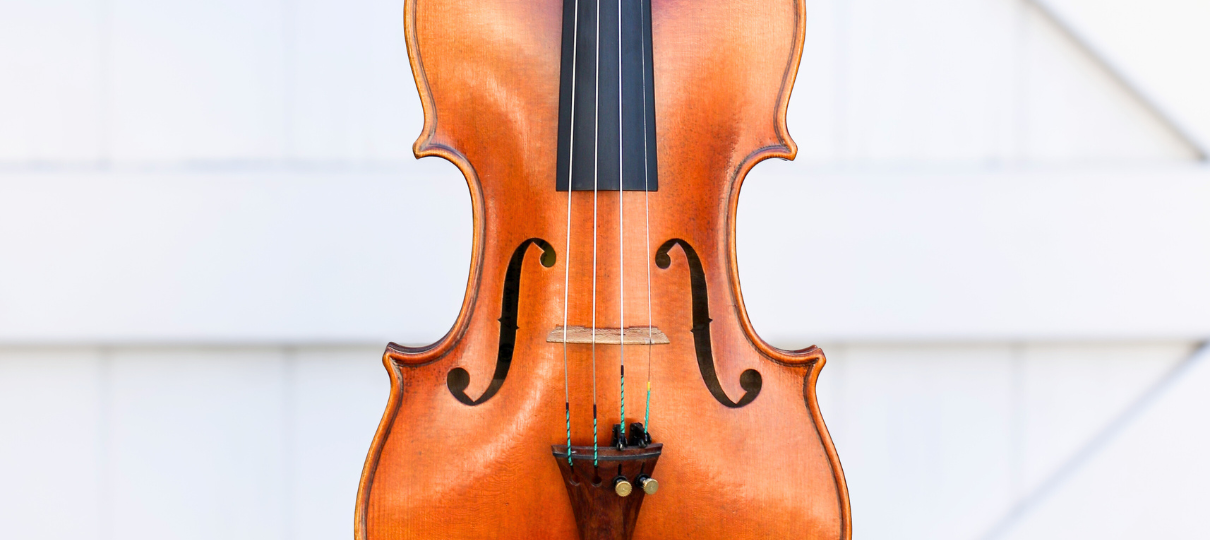To keep your instrument in the best possible shape we have created this guide to help you keep your instrument looking and sounding as good as the day you bought it. Shop our care products and more right here!
Caring for Your Instrument
1. Make sure your bridge is always straight and upright. With normal use and regular tuning, the bridge will gradually lean forward. If the bridge is left like this it will eventually warp and need replacement more quickly. To extend the life of your bridge, check it regularly and straighten it so the back of the bridge is perpendicular to the top (or belly) of the violin. If you are not comfortable doing this yourself, we are more than happy to help you! The bridge and soundpost are key in creating your violin's beautiful sound. They require replacing every 2-5 years to ensure you're getting the best from your instrument.
2. Strings should be checked regularly for signs of wear (e.g. unravelling of the winding). Strings gradually lose their tonal quality and need to be changed every 6-12 months for optimum sound and performance. Strings should be changed one at a time to avoid the bridge and sound post falling over. Take care not to over tune your strings as they will break. Shop our extensive range of strings here.
3. Never subject your instrument to extreme weather conditions. Never leave your instrument in the car or near air conditioners. As stringed instruments are made of wood they expand and contract with changes in temperature and humidity levels. This could cause your instrument to go out of tune, open at the seams, crack and even damage the varnish.
4. Always clean your instrument with a soft dry cloth after playing. The build-up of dirt, oil and rosin on your instrument will damage the varnish. If rosin and greasy fingerprints are left on the strings it will affect their tonal quality and reduce their lifespan. Shop cleaning cloths and more cleaning tools here.
5. Have a professionally trained luthier look over your instrument at least every 12 months. If you live in a hot and humid climate, it's important to have a luthier regularly checking over your instrument for changes to the bridge, varnish, soundpost, and seams. Book your instrument in for a general check-up and service and rest assured that your instrument is in tip-top condition. Contact us about Repairs & Servicing today.
Caring for Your Bow
1. Make sure you don’t over-tighten your bow. You should just be able to fit a pencil between the hair and the middle of the stick once you have tightened it and always make sure there is plenty of camber (curve) in the stick.
2. When rosining your bow use long slow strokes back and forward across the entire length of the hair. If you don’t have enough rosin on your bow the hair will not grip the strings and the sound produced will be patchy and uneven. If you put too much rosin on your bow excess powder will coat your bow and instrument and the tone will become scratchy and dull. Need a rosin refresh? Shop our entire range of rosins here.
3. Always loosen your bow after playing. If you don’t take the tension off your stick it can lead to warping, a loss of camber (the curve in the stick) and the stretching of hair. The loss of camber and stretching hair means you will need to replace your bow hair at the least, or the entire bow.
4. Avoid touching the hair of your bow. The oils from your skin will be absorbed by the hair which will make it harder for rosin to adhere and result in a loss of tonal quality.
5. Bows need re-hairing every 6 to 12 months (depending on use and seasonal changes). Hair stretches and becomes brittle with use. Hair will shorten in dry conditions and lengthen in humid conditions. Simply for Strings offers competitively priced rehairs, repairs and many other luthier services. Learn more here.
6. Do not subject your bow to any undue stress i.e. dropping, holding it by the tip, tapping it on your music stand or pushing the tip into the floor.
Need more tips? Get in touch with our expert string team today.





